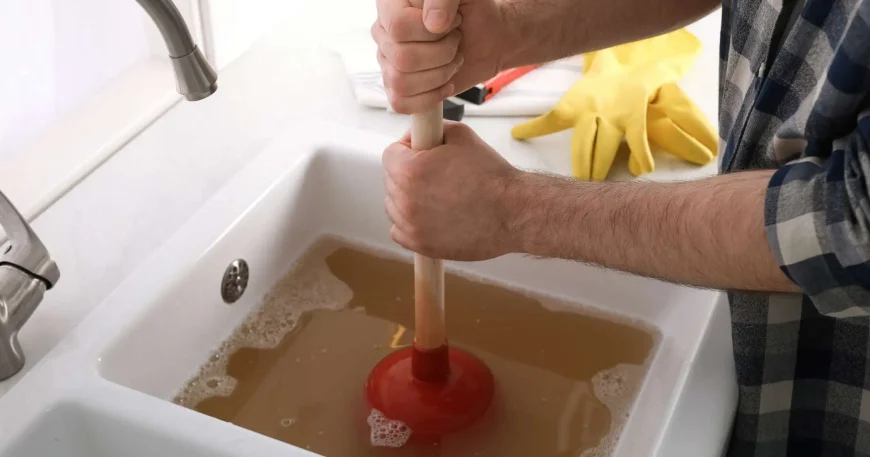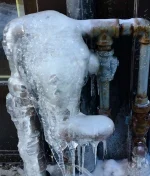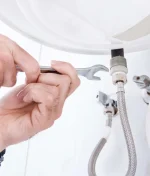
Do you have a clogged drain that’s giving you trouble? Before picking up the phone to call a plumber, why not try some DIY methods to unclog it yourself? Understanding your drainage system and knowing the common causes of clogged drains can help you tackle the problem effectively. In this article, we’ll explore different DIY methods, discuss safety measures, and provide guidance on when it’s best to seek professional help.
Understanding Your Drainage System
The Role of Pipes in Your Home
Your drainage system consists of a network of pipes that carry waste and water away from your home. It plays a crucial role in maintaining a clean and functional environment. The pipes connect various fixtures, such as sinks, toilets, showers, and bathtubs, to the main sewer or septic system. Understanding this system will help you diagnose and fix plumbing issues with confidence.
Furthermore, the drainage system in your home is a complex network that requires regular maintenance to ensure proper functionality. It is essential to be mindful of what goes down your drains to prevent clogs and blockages. By being proactive in caring for your drainage system, you can avoid costly repairs and potential water damage to your property.
Common Causes of Clogged Drains
There are several common causes of clogged drains that every homeowner should be aware of. One primary cause is the accumulation of debris, such as hair, food particles, soap scum, and grease, which can build up over time. Other causes include tree roots infiltrating the pipes, foreign objects mistakenly flushed down the toilet, and mineral deposits forming inside the pipes due to hard water.
Moreover, understanding the causes of clogged drains can help you take preventive measures to avoid these issues. Regularly using drain strainers, avoiding pouring grease down the sink, and being cautious of what you flush down the toilet are simple steps you can take to maintain a healthy drainage system in your home. By being proactive and attentive to your plumbing, you can prevent inconvenient and messy clogs that disrupt your daily routine.
DIY Methods for Unclogging a Drain
When faced with a clogged drain, it’s often worth trying some do-it-yourself methods before calling a professional. Here are a few effective techniques:
Using a Plunger
A plunger is a versatile tool that can often dislodge minor clogs. Ensure there’s enough water in the sink or tub to cover the rubber end of the plunger. Place the plunger over the drain and firmly push down and pull up several times. The suction created should help to dislodge the blockage.
For stubborn clogs, you may need to repeat the plunging process multiple times. It’s essential to maintain a tight seal between the plunger and the drain to maximize the effectiveness of this method. Additionally, wearing rubber gloves can provide a better grip and prevent any splashes or mess.
The Baking Soda and Vinegar Method
If a plunger alone doesn’t solve the issue, you can try using baking soda and vinegar. Start by pouring a pot of boiling water down the drain to help loosen any debris. Next, pour half a cup of baking soda followed by half a cup of vinegar. Let the mixture fizz for a few minutes, then flush the drain with hot water. The chemical reaction can help break down the clog.
It’s important to note that this method works best on organic clogs, such as hair and soap scum. For more severe blockages caused by mineral build-up or non-organic materials, you may need to consider other solutions like drain snakes or enzymatic cleaners.
The Wet and Dry Vacuum Approach
If you have a wet and dry vacuum cleaner, you can use it to help unclog a drain. Set the vacuum to liquids, cover the vent, and create a tight seal over the drain. Turn it on, and the suction can help dislodge the clog. Take care not to leave the vacuum running for too long to prevent damage.
When using a wet and dry vacuum for drain unclogging, ensure that the vacuum is specifically designed for handling liquids. Empty the vacuum canister before starting the process to prevent any spills or overflows. This method is particularly useful for removing standing water from sinks or tubs before attempting other unclogging techniques.
Safety Measures When Unclogging Drains
While tackling drain clogs, it’s essential to prioritize your safety. Here are a few safety measures to keep in mind:
Protective Gear for DIY Plumbing
Consider wearing gloves and safety goggles to protect your hands and eyes from debris or splashes. Additionally, use caution when handling any drain cleaning chemicals and follow the instructions carefully to avoid accidents.
Safe Use of Drain Cleaning Chemicals
If you decide to use drain cleaning chemicals, be sure to choose ones that are safe for the type of pipes you have. Follow the instructions on the packaging and work in a well-ventilated area. Avoid mixing different chemicals, as this can produce hazardous fumes. Remember to keep these products out of reach of children and pets.
Furthermore, before using any chemical drain cleaners, it’s important to consider the environmental impact. Some harsh chemicals can be harmful to the ecosystem once they enter the water supply. If possible, opt for eco-friendly alternatives that are biodegradable and safer for the environment.
Proper Disposal of Waste
Once you have successfully unclogged your drain, it’s crucial to dispose of the waste properly. Avoid flushing large chunks of debris down the drain, as this can lead to future clogs. Instead, collect the waste in a trash bag and dispose of it in your regular household waste bin. This simple step can help prevent blockages further down the line.
When to Call a Plumber
While DIY methods can often solve minor clogs, there are situations where it’s best to call a plumber:
Plumbing systems are complex networks of pipes and fixtures that require specialized knowledge to troubleshoot effectively. If you find yourself facing a plumbing issue that goes beyond a simple fix, it’s time to seek professional help. Plumbers are trained to identify underlying problems and provide solutions that prevent future issues.
Signs Your Drain Needs Professional Attention
If you notice multiple drains in your home are clogged simultaneously or experience recurring clogs despite your efforts, it may be a sign of a larger problem. Additionally, slow drainage, unpleasant odors, or gurgling sounds coming from your pipes can indicate a more significant issue that requires professional expertise.
Ignoring these signs can lead to more extensive damage and costly repairs down the line. By addressing the issue promptly with the help of a skilled plumber, you can save both time and money in the long run.
The Costs of Hiring a Plumber
When considering whether to call a plumber, it’s essential to weigh the costs. While professional services come at a price, the expertise and equipment plumbers bring can ensure efficient and long-lasting solutions. Contact local plumbers to get estimates and compare prices before making a decision.
Keep in mind that the cost of hiring a plumber is not just about the immediate fix but also about the value of preventing future problems. Investing in professional plumbing services can provide peace of mind and protect your home from potential water damage or health hazards.
Preventing Future Drain Clogs
Regular Drain Maintenance
To minimize the occurrence of drain clogs, regular maintenance is key. Consider using drain traps or strainers to catch debris before it enters the pipes. This simple step can go a long way in preventing larger blockages that are harder to clear. Additionally, investing in enzymatic drain cleaners can help break down organic matter and prevent buildup over time. These cleaners are eco-friendly and safe for your pipes, making them a great addition to your maintenance routine.
Another effective method for maintaining your drains is to schedule professional drain cleanings at least once a year. A professional plumber can use specialized tools like hydro-jetting to thoroughly clean your pipes and remove any stubborn clogs or mineral deposits. This proactive approach can help you avoid unexpected blockages and costly repairs in the future.
What Not to Put Down Your Drain
Avoid putting items that can cause clogs down your drain. This includes fats, oils, coffee grounds, food scraps, hair, and personal hygiene products. While it may be convenient to wash these items down the drain, they can solidify and create blockages over time. Instead, dispose of these items in the trash or compost bin to prevent potential plumbing issues.
Furthermore, consider installing a garbage disposal in your kitchen sink to help break down food waste before it enters your pipes. This can reduce the likelihood of clogs and keep your drains flowing smoothly. Remember, being mindful of what goes down your drains is essential for maintaining a healthy plumbing system.
By understanding your drainage system, utilizing DIY methods when appropriate, and knowing when it’s time to call a plumber, you can effectively manage and prevent clogged drains in your home. Remember to prioritize safety and take proactive measures to keep your drains clear. With these tips, you’ll be able to tackle drain clogs with confidence!
If you’ve tried all the DIY methods and still find yourself struggling with a stubborn clog, it’s time to call in the experts at Rick Lucas Plumbing & Remodeling. With over 30 years of experience serving Bucks County, PA, we specialize in providing fast, friendly service that’s both affordable and reliable. Don’t let a clogged drain disrupt your day—contact our family-owned business for personalized solutions that put your satisfaction first. Call us at (215) 396-0736 or email ricklucasplumbing@gmail.com for exceptional plumbing services that exceed your expectations.









